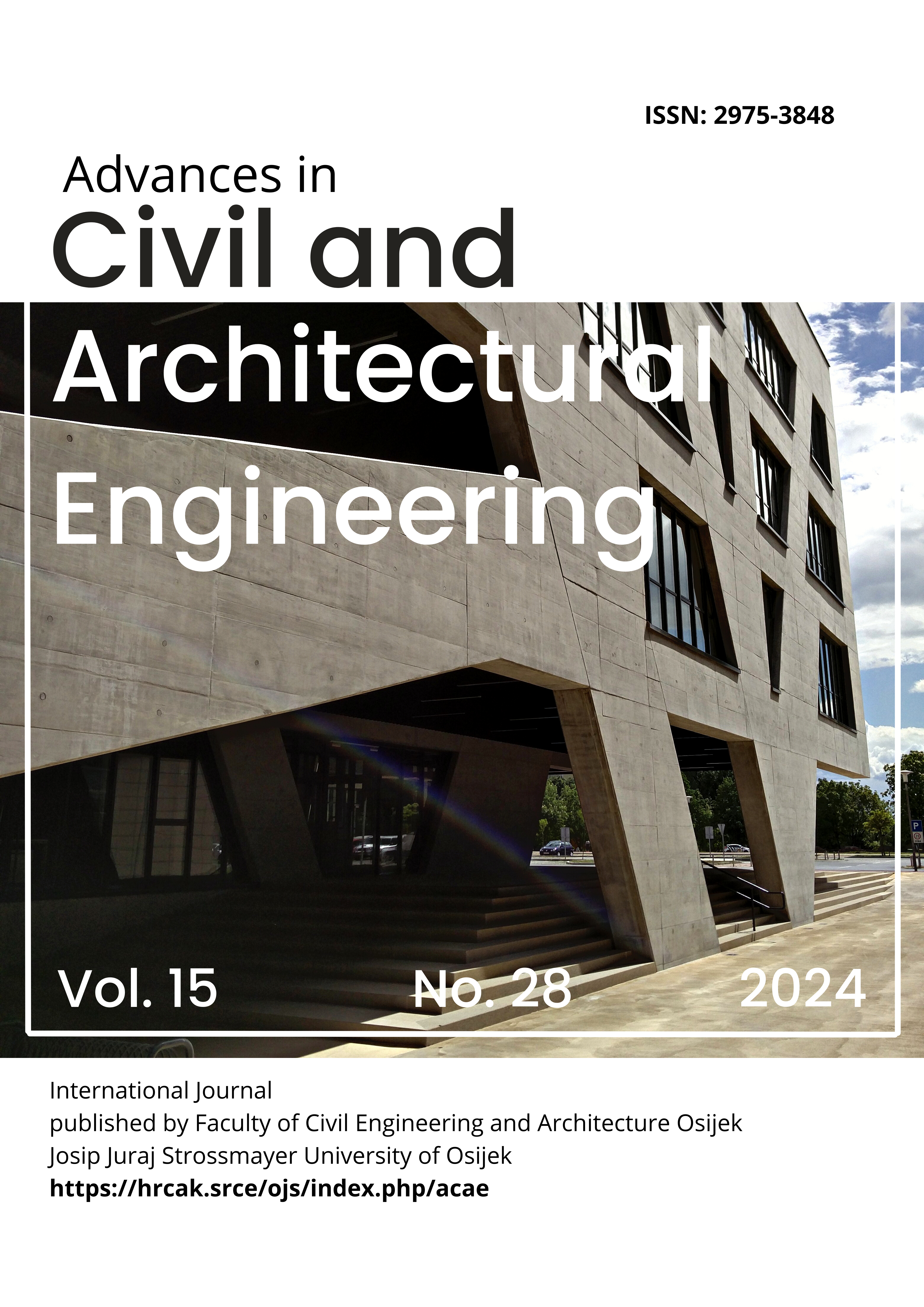Comparative probability-based seismic safety assessment of base-isolated buildings: A case study
DOI:
https://doi.org/10.13167/2024.28.3Keywords:
fragility curve, seismic isolation, damage state, incremental dynamic analysisAbstract
Seismic fragility curves are used to assess the structural vulnerability probability at various damage states. In this study, the effects of different isolation systems on the seismic safety of a two-dimensional reinforced concrete moment-resisting frame are investigated. The reference structure was a hotel building in California, USA. A comparative probability-based seismic safety assessment for building components was conducted on the superstructure hypothetically fitted with various isolation systems. In this regard, two categories of isolation systems, including rubber‐ and friction‐based systems, were selected. The high damping rubber bearings and friction pendulum systems were considered. Incremental dynamic analyses were conducted for a suite of earthquake records to develop the fragility curves considering modelling, demand, and capacity uncertainties. Based on the results, it was observed that the building failure probability reduction was influenced by the seismic isolation systems rather than the fixed base (un-retrofitted) model. Furthermore, the high damping rubber bearings system was found to be more reliable than the friction pendulum system in the limit states considered. However, no significant discrepancy was observed in the performance of the building fitted with isolation systems at higher damage states.
Downloads
Published
How to Cite
Issue
Section
License
Copyright (c) 2024 Peyman Narjabadifam, Somayeh Mollaei, Ehsan Noroozinejad Farsangi, Mehdi Babaei, Navid Mousavi

This work is licensed under a Creative Commons Attribution 4.0 International License.

